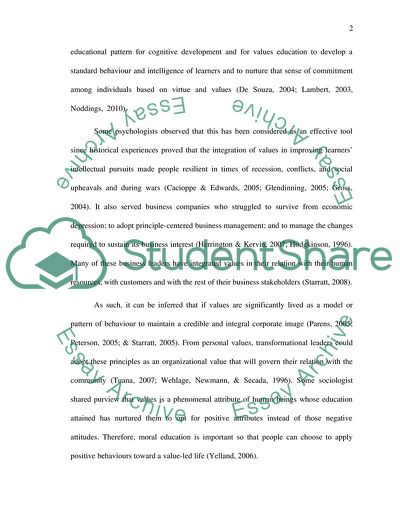Cite this document
(“Nurturing the Childrens Spirituality in the Learning Process Essay”, n.d.)
Nurturing the Childrens Spirituality in the Learning Process Essay. Retrieved from https://studentshare.org/education/1605843-edle-633-assignment-3
Nurturing the Childrens Spirituality in the Learning Process Essay. Retrieved from https://studentshare.org/education/1605843-edle-633-assignment-3
(Nurturing the Childrens Spirituality in the Learning Process Essay)
Nurturing the Childrens Spirituality in the Learning Process Essay. https://studentshare.org/education/1605843-edle-633-assignment-3.
Nurturing the Childrens Spirituality in the Learning Process Essay. https://studentshare.org/education/1605843-edle-633-assignment-3.
“Nurturing the Childrens Spirituality in the Learning Process Essay”, n.d. https://studentshare.org/education/1605843-edle-633-assignment-3.


